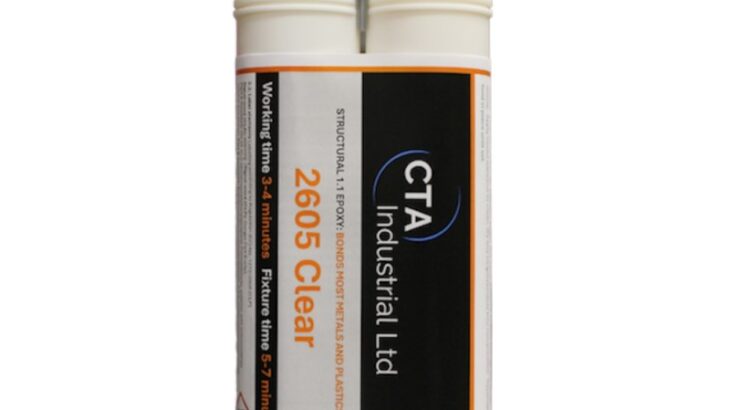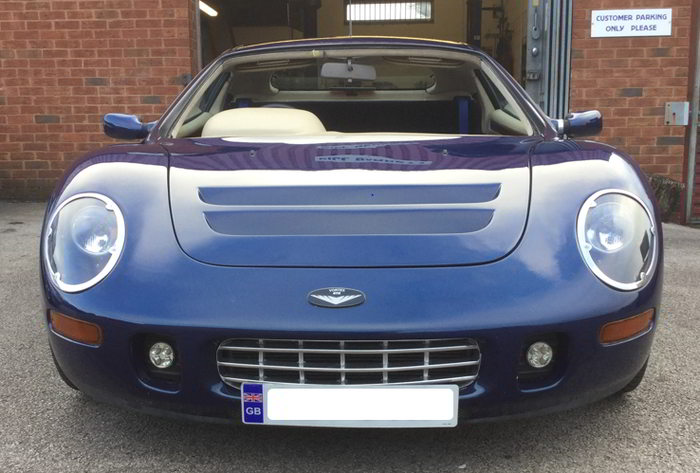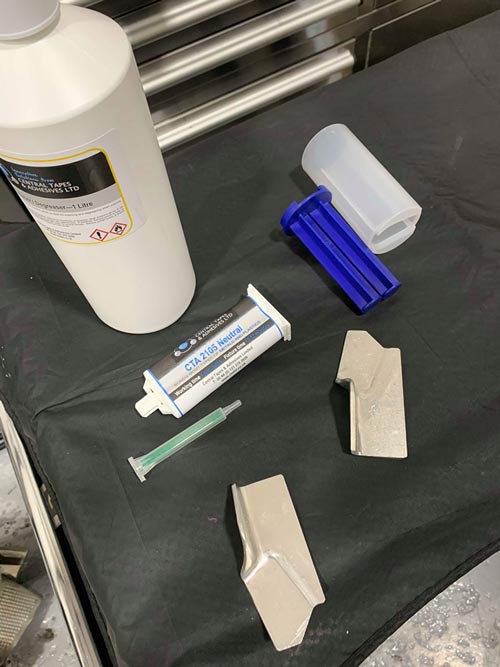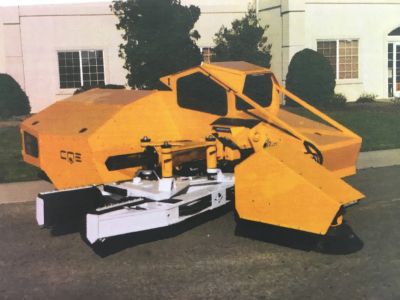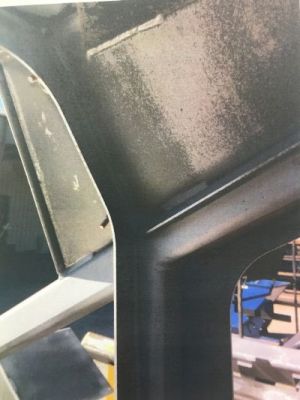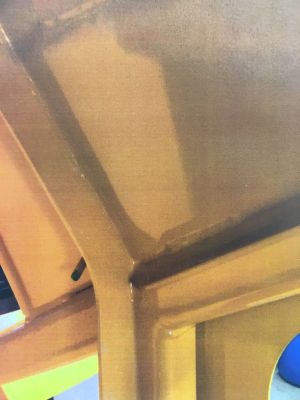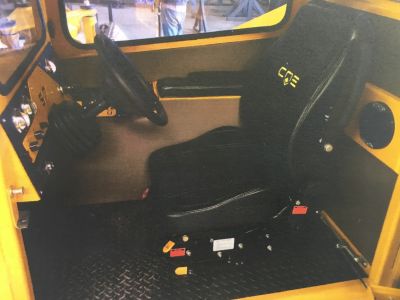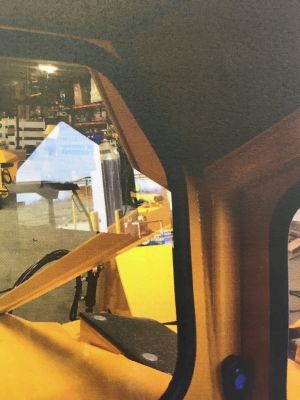There is something rather warm and comforting about incorporating natural brickwork into structures. Whether they are in your home or in the workplace for internal or external applications, their presence adds a certain essence of calm tactility – it looks fantastic too!
It stands to reason, therefore, that we at CTA were excited to be approached to be the adhesive solution provider for a client who was hoping to clad his home fireplace surround with brick slips, following a refurbishment. The customer was cladding around a log burner and was keen to use our higher temperature, two-part adhesive CTA 2105. This is also ideal as a fast-setting option (5-10mins) and very easy to use. Don’t forget that CTA’s expert know-how is on the end of a phone, as well as in our how-to-use video.
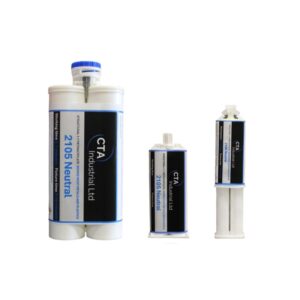
What are ‘brick slips’?
Brick slips are simply a cleverly designed brick façade, crafted from real bricks. It’s almost as though a single brick has been sliced – like bread – and they are sometimes referred to as brick tiles or veneers. Brick Slips are a super-versatile resource as they can be applied on top of surfaces as opposed to having to be bedded in or ‘exposed’ from behind stucco, paint or plaster. Brick slips have the added benefit of being of lighter weight than traditional bricks, so they are easier to apply.

CTA have also supplied construction companies with CTA 12126 adhesive to enable the easy fixing of brick slips to the external walls of office blocks and even GRP/composite dormer window and chimney stacks. The CTA 12126 is a single component moisture curing adhesive which is quick to grab, strong and flexible.

You can see our image above shows what a stunning difference brick slips can make in the home. Here we see the flush plaster work of a fireplace on the right, and the application of brick slips in progress on the left.
We thought this story may be of interest as, at this time of year, you may still be looking to ‘refresh’ parts of your home and possibly use those dark cold evenings to do this!
How did CTA help?
We were able to offer our domestic client above, a choice of two alternative solutions. Firstly, was our ever-trusty 2105 two-parter. This is an excellent structural adhesive solution for high temperature applications, closely followed by our 12126 single part adhesive.
Whilst both are effective internally and externally, the 12126 has more flexibility owing to its longer setting time which is up to 24 hours, as opposed to the 2105’s rapid 10-minute window. As the fireplace above was an indoor project with very little interference expected from either nature or gravity, our client opted for our 2105 solution.
Sufficient bond strength should be achieved with either product as long as the installer ensures that the bricks are as clean and as dust free as possible. No special primer is required.
Once your bricks have been secured with our adhesive, it’s then down to you, to ‘point’ them to your own taste – recessed, flush, v-grooved or even coloured, it’s totally up to you.
Turning projects into reality
Following on from our success on industrial sites, we were able to turn our domestic client’s hope into reality and provide our 2105 adhesive to clad their beautiful fireplace with a warm, homely brick finish. At the other end of the structural scale, though just as important, the same CTA bonding solutions can be used on industrial projects such as offices, factories and units. Remember that our adhesives will ensure the safe, strong application of these brick slips both internally and externally.
Self build projects can also benefit vastly from our range of bespoke adhesives and tapes, so consider this when you want to move away from old fashioned, inefficient or costly fixings.
CTA 2105 and 12126 are the ideal bonding solutions for these projects because they are easy to use, ensure effective adhesion, work indoors and outdoors.
So, if you find yourself staring at your plain fireplace, wondering how to spruce it up, or are building or renovating a new building or industrial unit, have a think about the impact that ‘real’ bricks would have on your project, and then call us for your adhesive. We are that versatile!

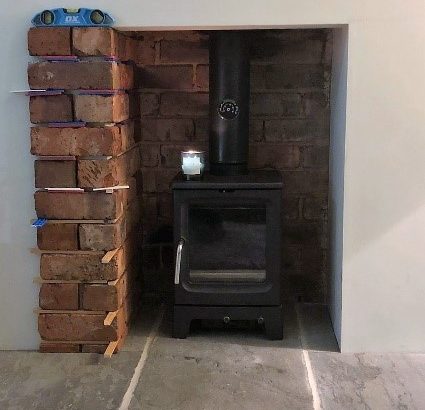



 James goes on to say “The tape is absolutely perfect! It is much stronger than I had expected and is exactly the right thickness and width, and very easy to trim with a blade afterwards. It worked like a dream! This method of combining the use of modern primers and paints with CTA’s tape should prevent the dreaded electrolysis of aluminium touching steel. It should now last another 64 years!”
James goes on to say “The tape is absolutely perfect! It is much stronger than I had expected and is exactly the right thickness and width, and very easy to trim with a blade afterwards. It worked like a dream! This method of combining the use of modern primers and paints with CTA’s tape should prevent the dreaded electrolysis of aluminium touching steel. It should now last another 64 years!”